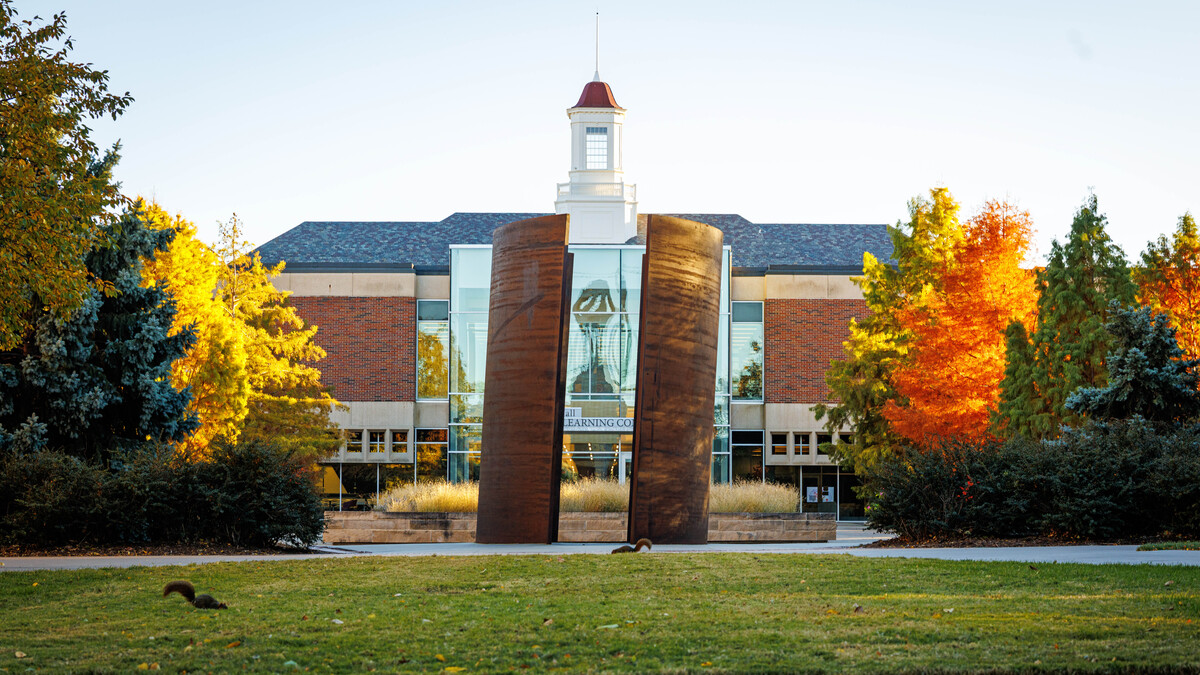
What happens to corn kernels during the first few days after pollination affects their health and yields as they grow, but little is known about this initial development stage. UNL plant scientist Brian Larkins and a multi-institutional team have identified the genes and many of the molecules involved, a significant step toward one day improving yields, particularly under stressful conditions such as drought.
The team recently reported their findings in the Proceedings of the National Academy of Sciences.
“The early stages create the foundation for the later stages,” said Larkins, associate vice chancellor for life sciences and the John F. Davidson, Ph.D., and Marian J. Fuller, Ph.D., chair in life sciences. “If they’re damaged, as happens during drought or heat stress, then you never realize the full potential of the kernel.”
Research into the later stages of maturing kernels has greatly improved yields and performance under stress. But the initial stages of development, when the kernel begins to form from a single cell, are more difficult to study because of its tiny size. The genes involved also create few, short-lived mRNAs, molecules that convey genetic information, which makes their identification more challenging.
“That’s why we don’t know much about them, because they’re present in such fleeting amounts that until recently it hasn’t been possible to even identify them,” Larkins said. “You’re really pulling needles out of a haystack.”
The team was aided by a laser dissection microscope in Ramin Yadegari’s lab at the University of Arizona, which uses a laser to isolate specific cells in a tissue sample.
To identify the genes, the team looked for mRNAs present in the endosperm, or part of the kernel, at different points in its first few days after pollination. Sequencing an mRNA’s genetic code allows researchers to deduce its parent gene. The presence of mRNA indicates its gene is playing a role.
Larkins said he believes they’ve identified nearly all of the genes involved from about 34,000 mRNAs and more than a hundred transcription factors, proteins that activate the genes. Because they looked at different development stages, the team also began to identify the order and patterns in which the genes are expressed as well as key transitional points in the kernel’s development.
Larkins likened their accomplishment to finding the pieces to a complex puzzle. Now he and other researchers can take those pieces to assemble the complete picture of early corn kernel development. A greater understanding of the genes’ functions and how they’re regulated at this stage will help researchers find ways to improve corn yields.
“What we learn about the way corn kernels develop applies to other major grains, like millet, rice, wheat and sorghum,” Larkins said. “And if you think about the amount of grain we’re going to need to produce in coming years to deal with climate change and to feed an extra 2 billion people, it’s important that we know as much as possible.”
Larkins’ co-authors are: Guosheng Li, Dongfang Wang, Ruolin Yan, Hao Chen, Shanshan Zhang, Megan I. Skaggs, John D. Laurie, Brenda G. Hunter, Xiangfeng Wang and Ramin Yadegari from the University of Arizona; Kyle Logan, Alan Lloyd, William J. Burnett and Gary N. Drews from the University of Utah; and Joanne M. Dannenhoffer from Central Michigan University.
The National Science Foundation funded this research.







